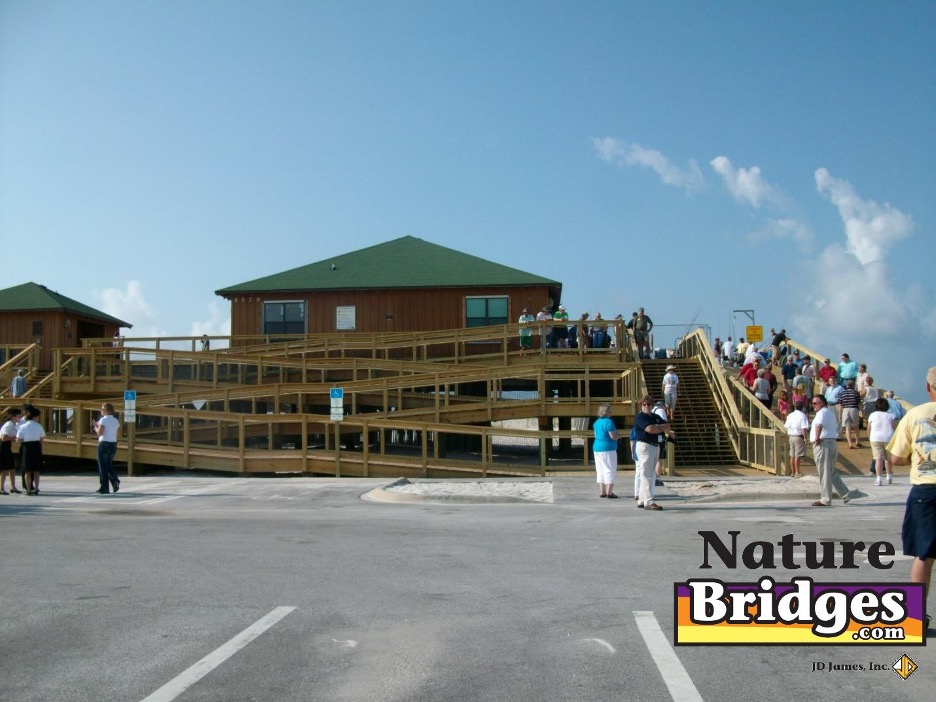
Everyone, regardless of ability, should be able to enjoy nature and participate in community events. Accessibility in outdoor environments like parks, trails, and recreation areas is essential to make this happen. Promoting inclusivity enhances the quality of life for people with disabilities, families with young children, the elderly, and others who may benefit from equal access. In addition, making outdoor structures like bridges and boardwalks accessible fulfills legal requirements in many areas.
Creating Accessible Pathways
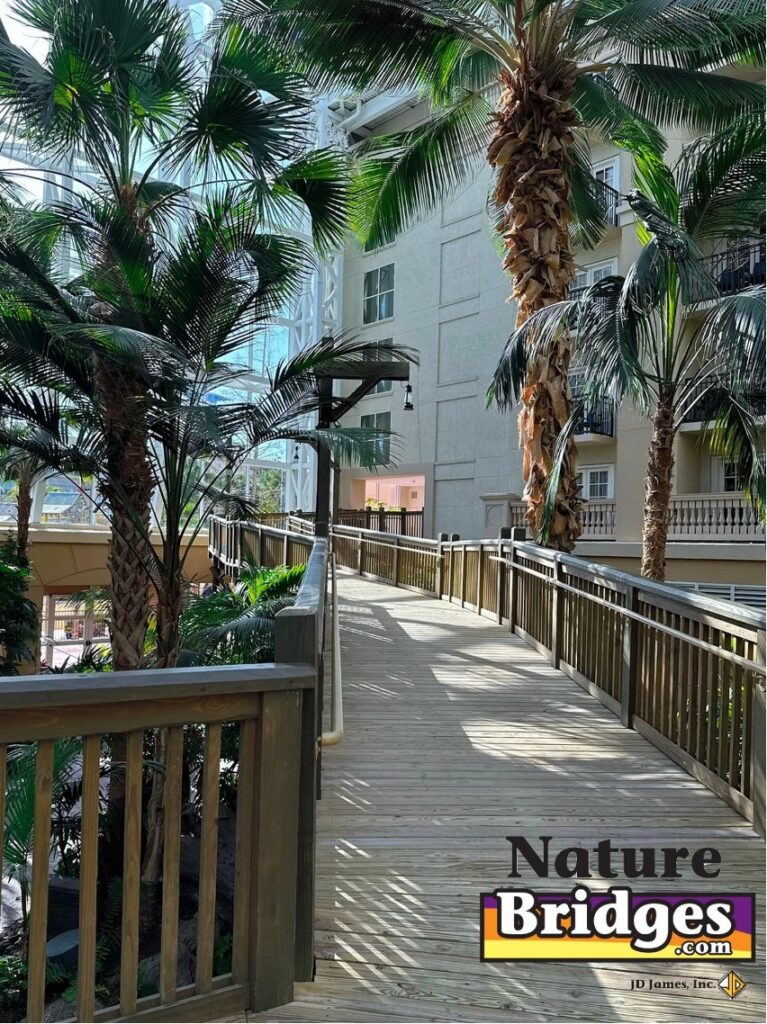
A key aspect of outdoor accessibility is thoughtfully designed pathways. Replacing stairs with ramps – or adding ramps in addition to stairs – is a fundamental step. This allows wheelchair users and people with mobility aids to navigate changes in elevation more easily. Ramps should have a gentle incline. The ADA-recommended slope for public access is a 1:12 slope. Handrails are also important, because they allow pedestrians to safely walk along the path, helping to prevent falls.
Pathways should also be wide enough to allow wheelchairs and strollers comfortable passage. The minimum width is 36 inches, but wider paths can improve usability and allow multiple people to travel along the boardwalk together. All surfaces should be firm and stable. Paved asphalt, compacted gravel, or wooden pathways with non-slip surfaces are ideal and ensure safety and comfort for everyone.
Adding Rest Areas and Appropriate Signage
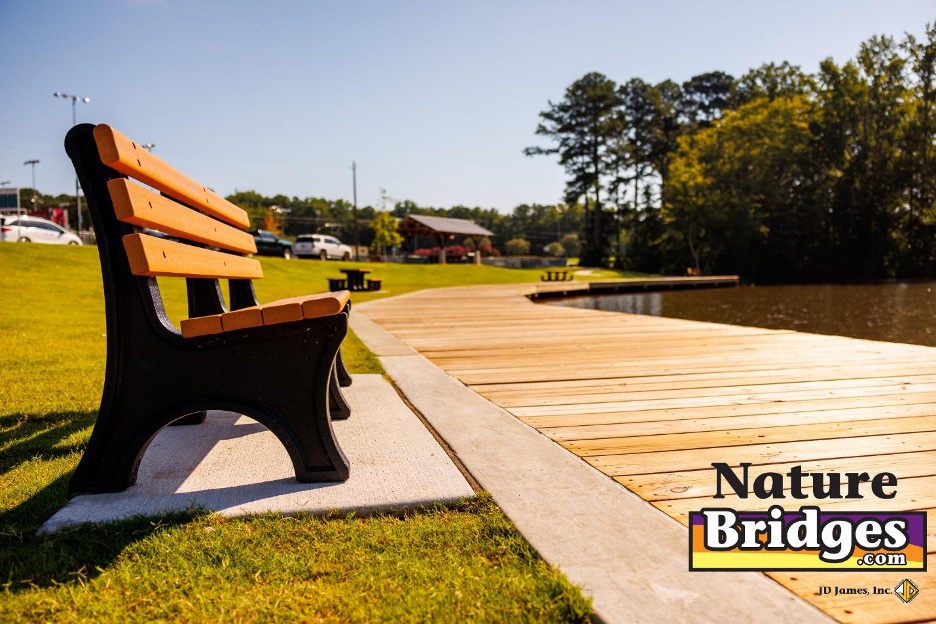
Accessibility is about more than the pathway. Especially on a long boardwalk, rest areas are critical. Benches or other seating areas allow visitors a place to rest while still enjoying the scenery of your location. They also provide a way for anyone with limited stamina or mobility a way to recharge before they continue along the path.
Clear and comprehensive signage also makes your property more comfortable. With proper signs, especially if you include Braille options and high-contrast visuals for those with visual impairments, all visitors can navigate the area more easily.
Ensuring Connectivity
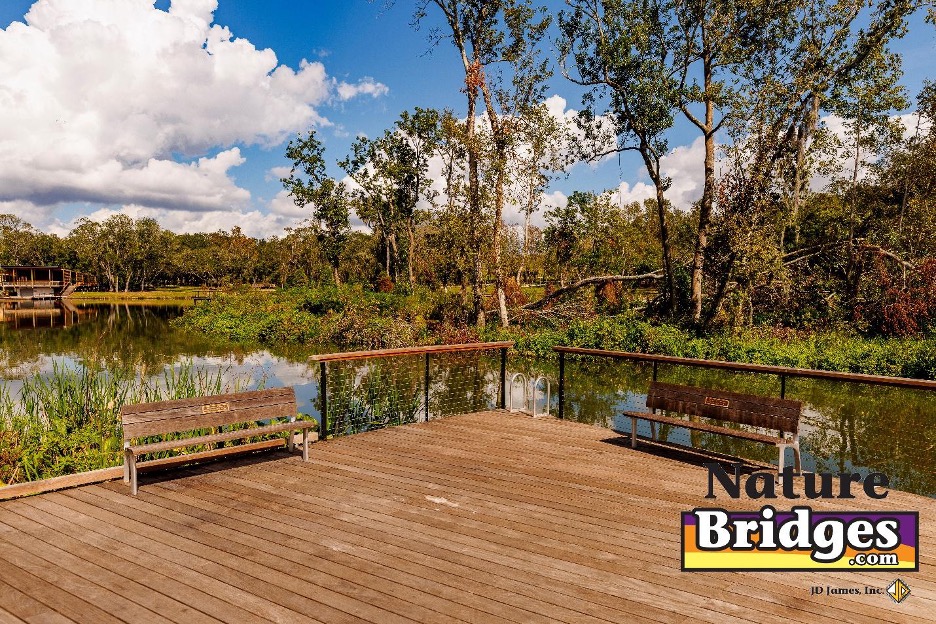
The most important aspect of accessibility is connectivity. Bridges and boardwalks should be thoughtfully placed so that you connect different parts of parks and natural areas. This can ensure that various sections aren’t isolated, allowing everyone to explore and discover every area of your property.
Connection is for everyone, and no one who visits your property or park should feel left out. It’s so much more than compliance with regulations. With an accessibility-centered design, you can create an environment where everyone can thrive. ADA regulations can help make sure your property does the minimum to ensure that people of all ages and abilities are comfortable and happy in the environment, but working with an experienced construction company can go beyond that. When you contact Nature Bridges for your next project, we’ll work with you to meet and exceed ADA regulations, making your community common areas a second home to everyone who visits.

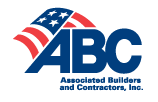
P.O. Box 516
Monticello, FL 32345
Phone: (850) 997-8585 Fax: (850) 385-3493
estimating@naturebridges.com